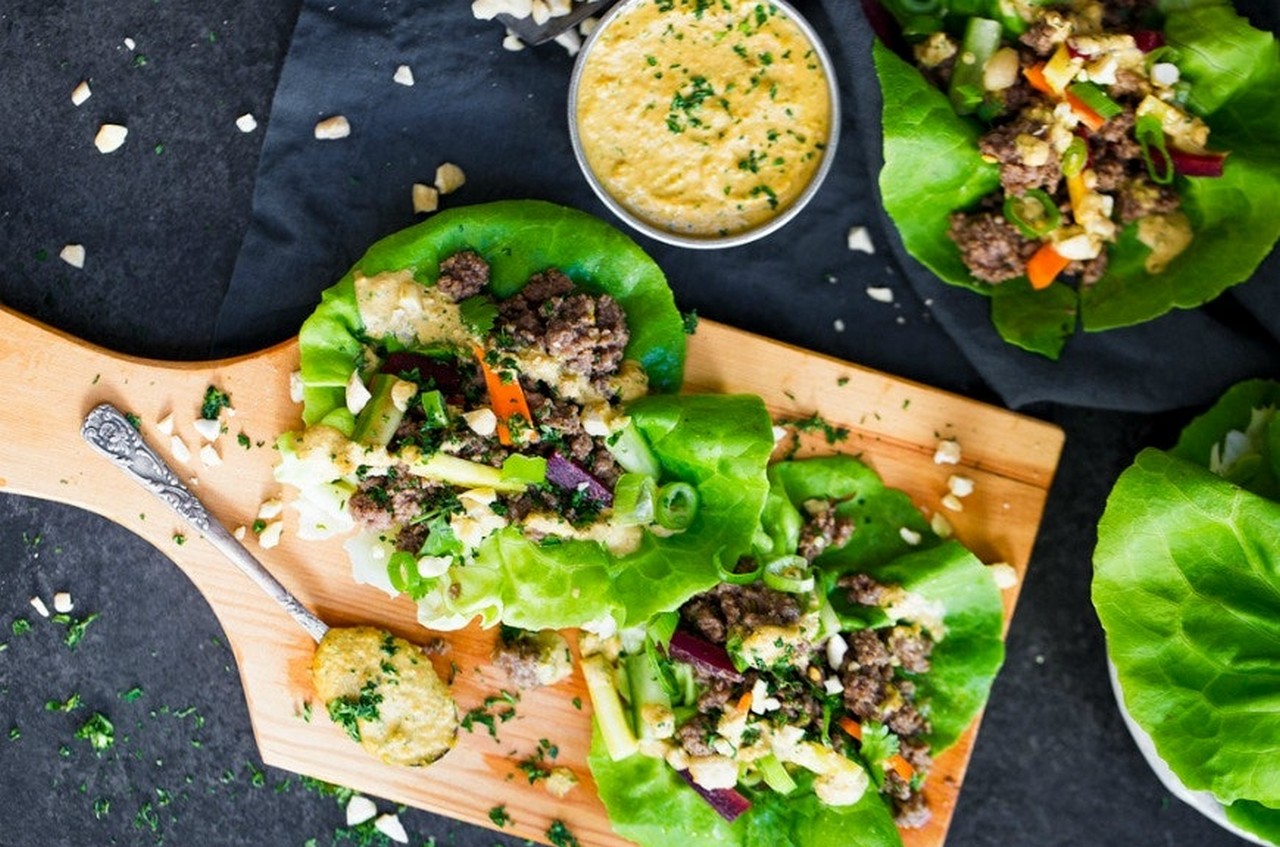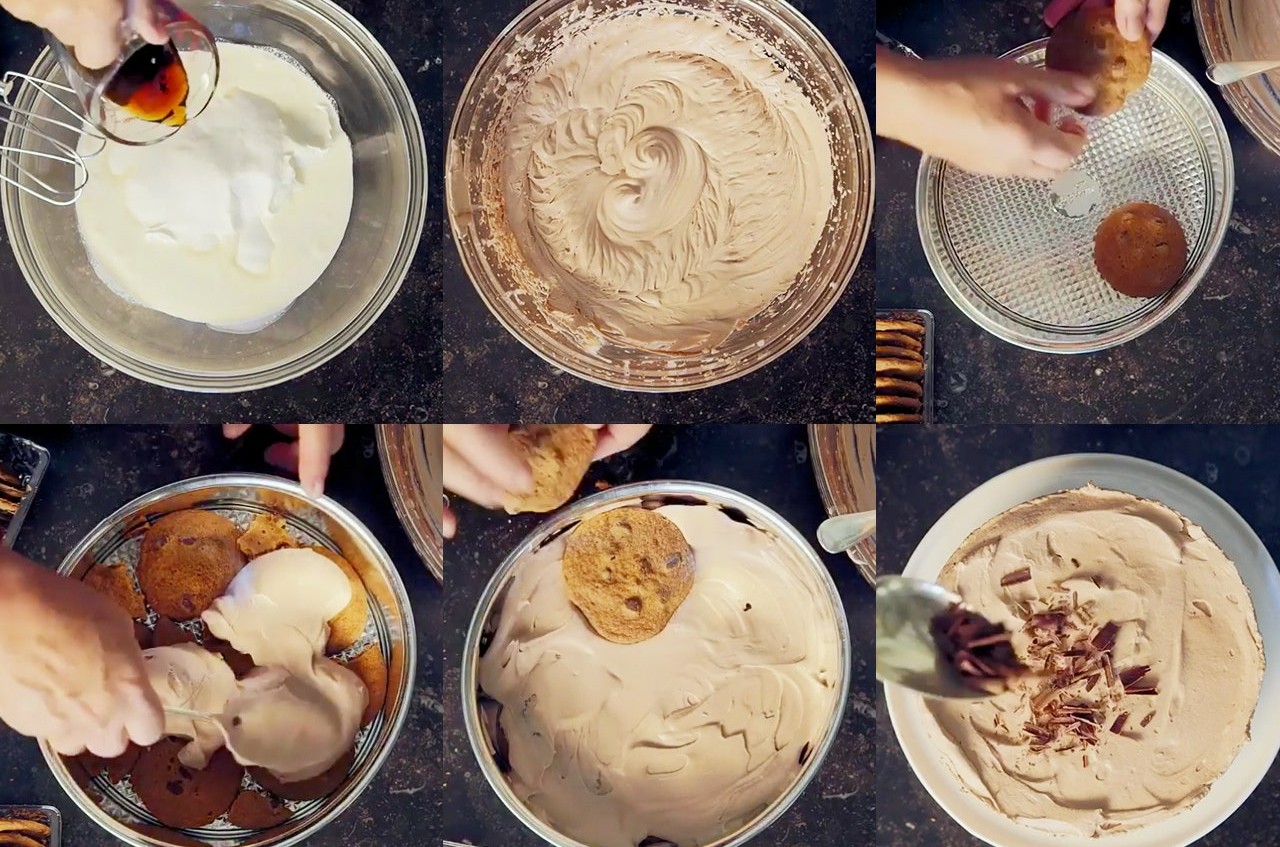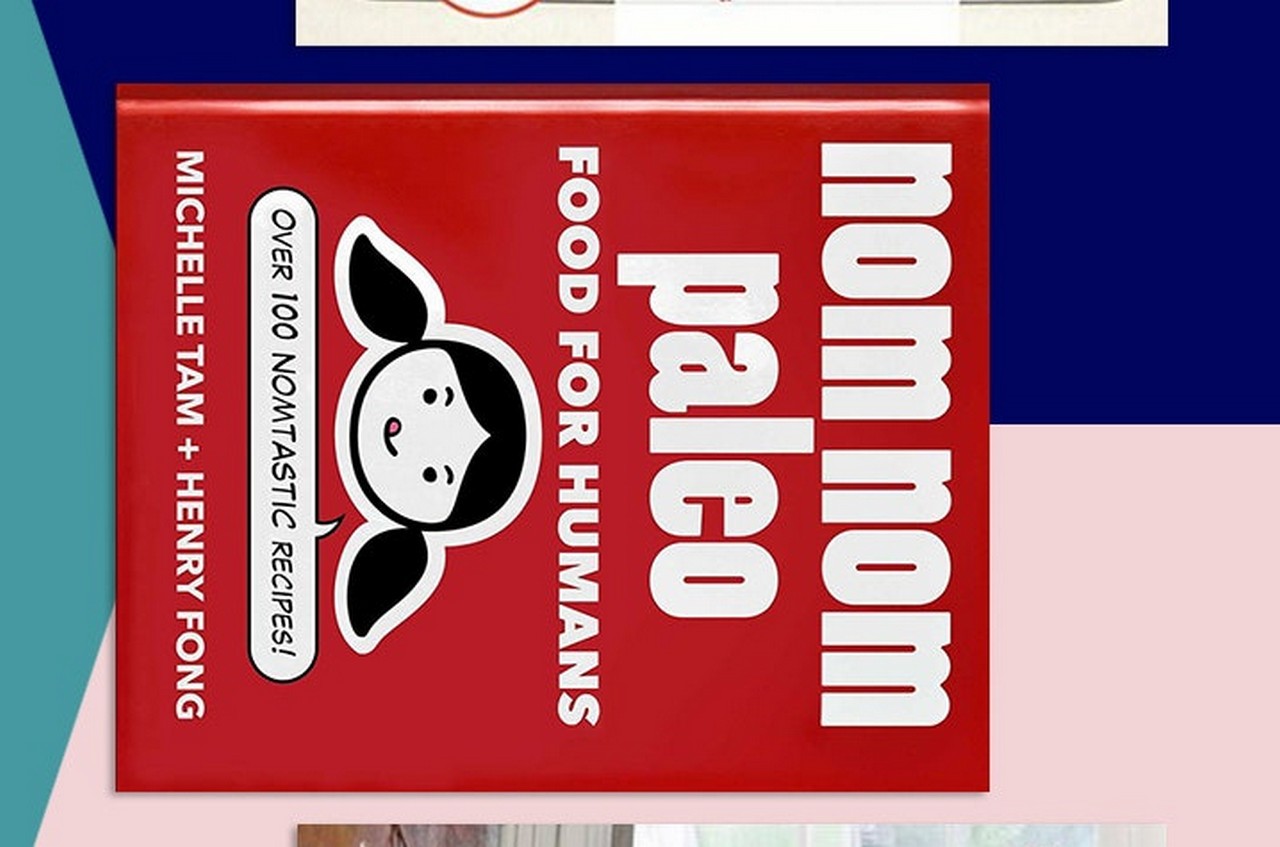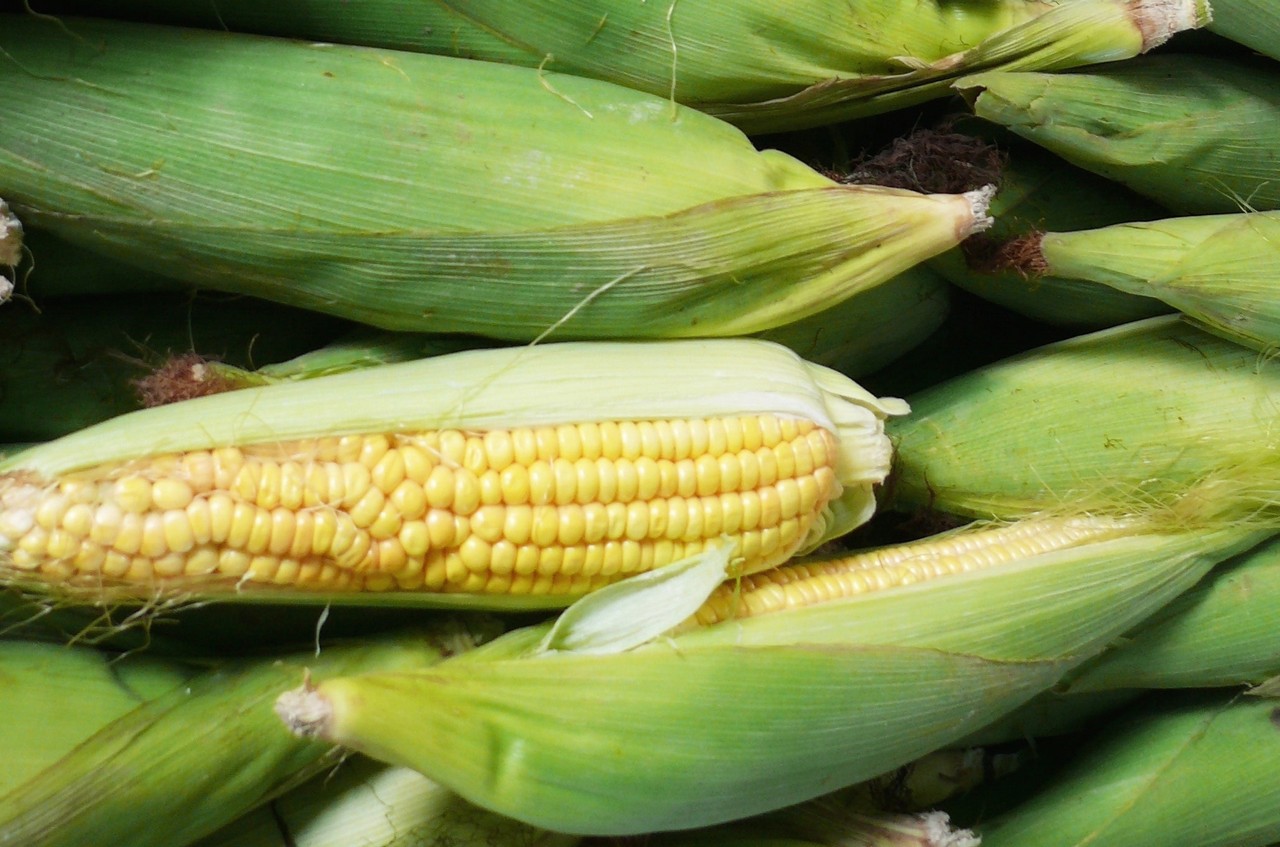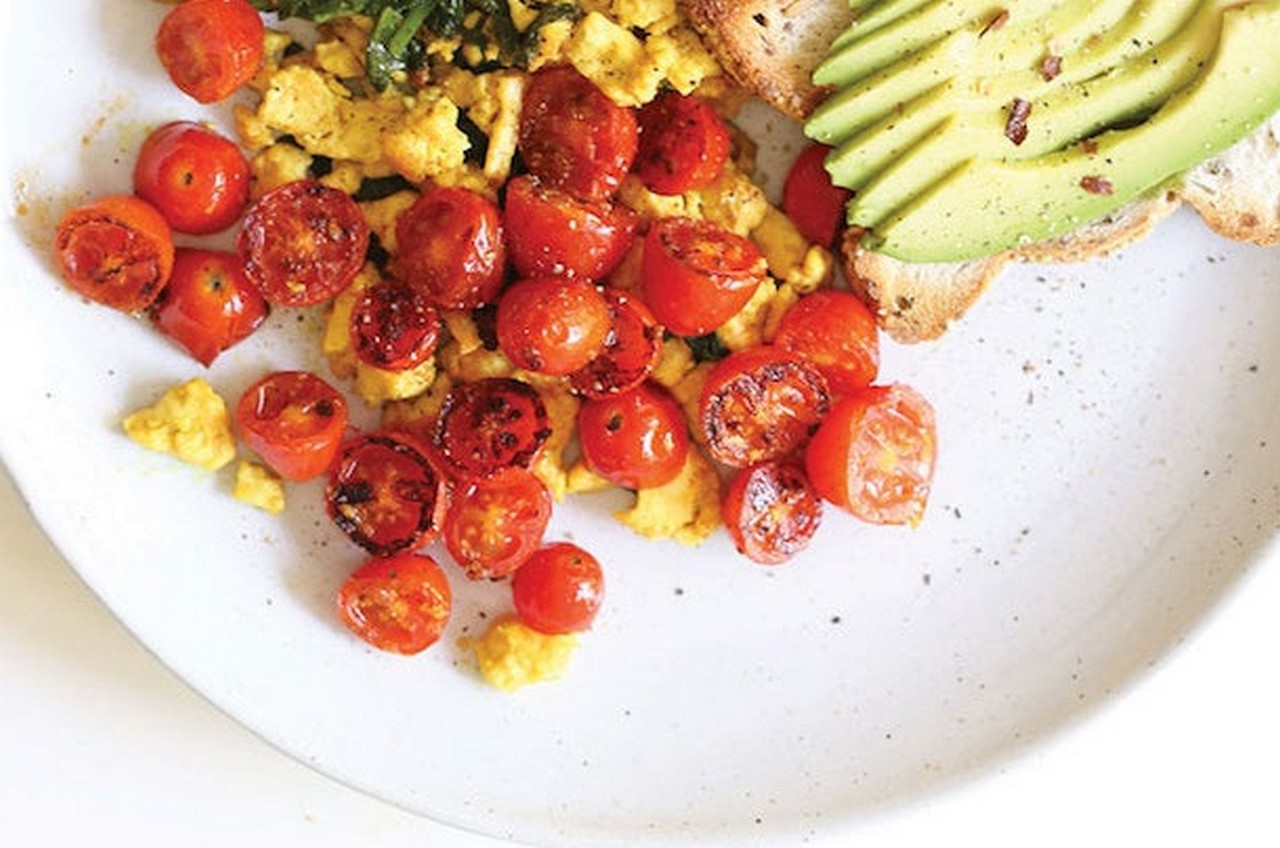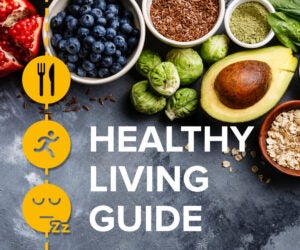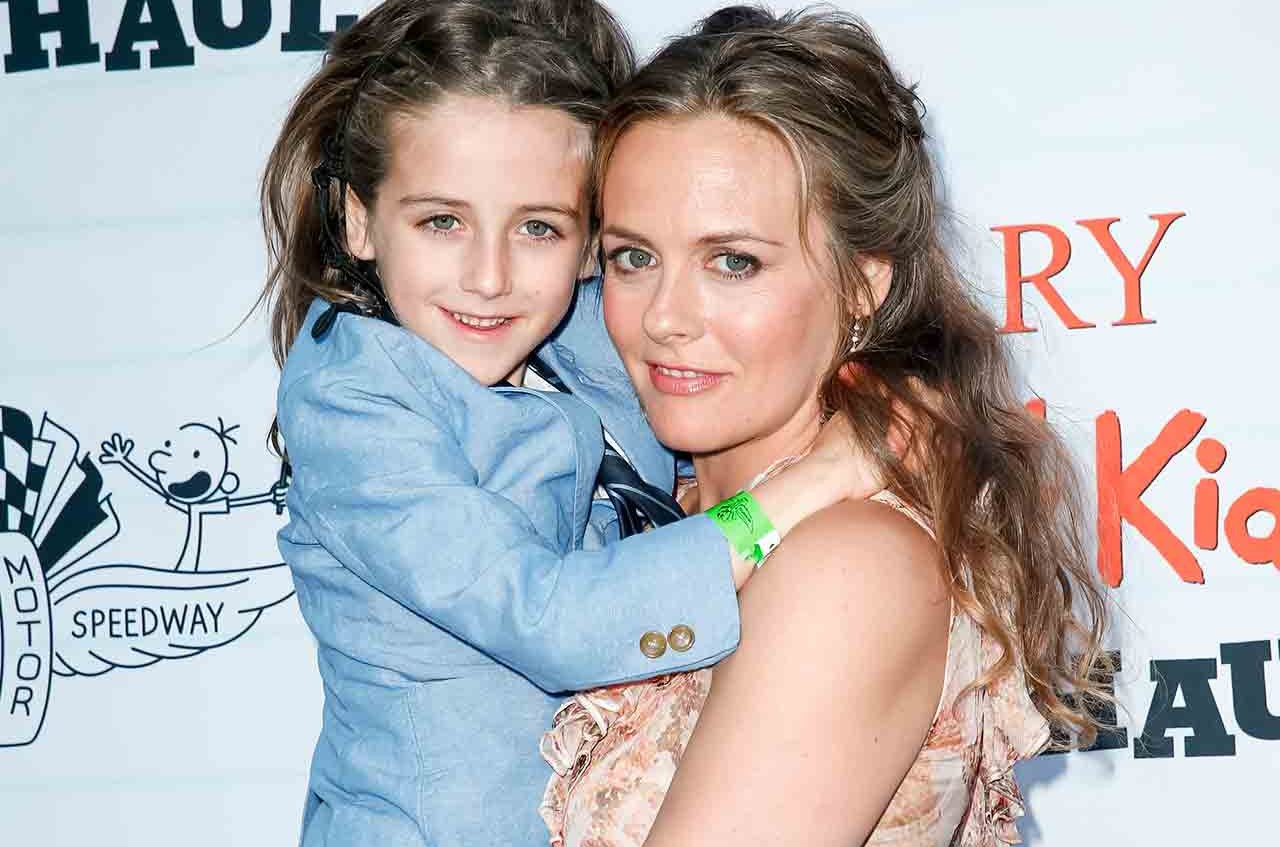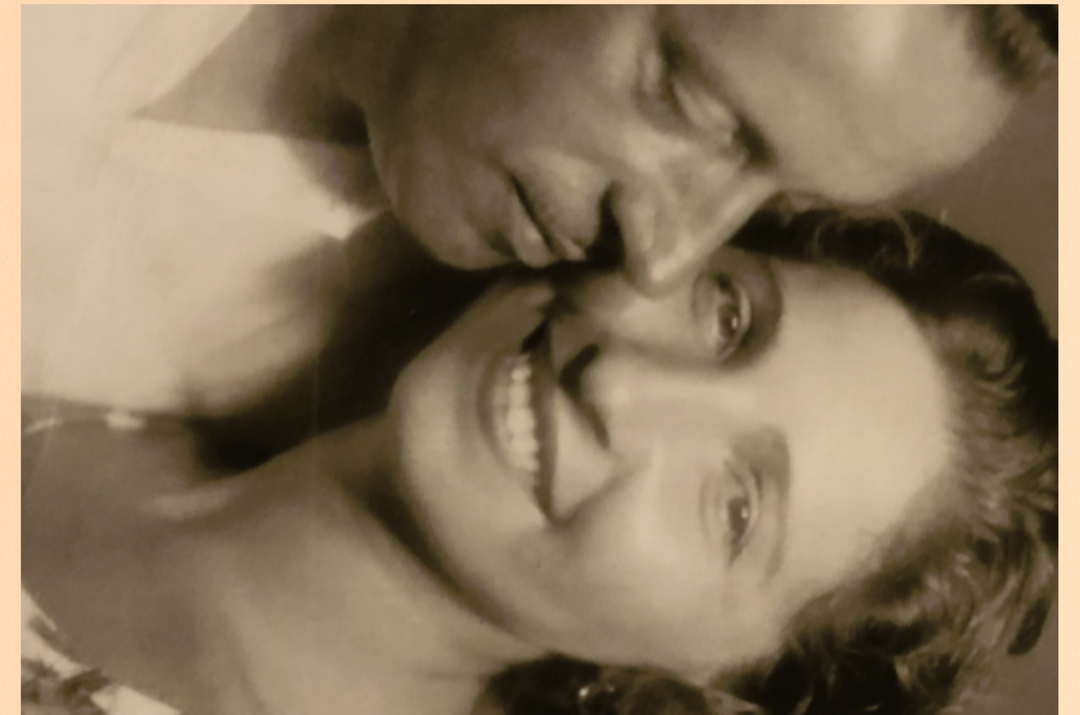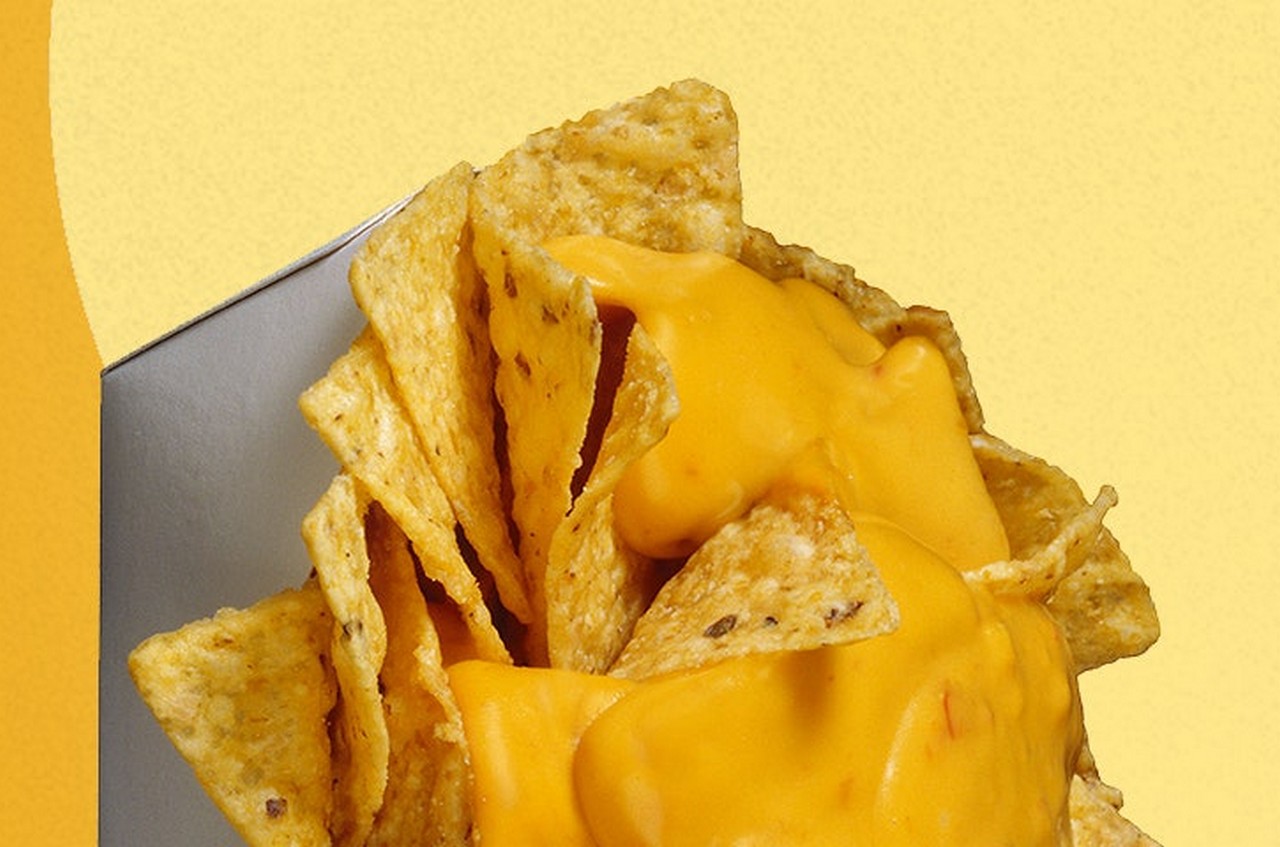
I was probably about a week or so into a round of Whole30 when I had the dream: a beautiful plate of nachos drizzled in cheese, which dream-me promptly and happily devoured. I awoke in a panic, horrified to realize that I’d gone off-plan and would have to start all the way over, like I was respawning in some twisted nutritional video game. When I woke up and shook off the sleep, I was awash in relief once I realized no nachos had been consumed. But the lingering unease stuck with me. Nachos made me happy. Now they had become literal nightmare fuel.
The recurring food nightmares would happen three or four times over the course of the 30 days each time I did Whole30. They seemed to me to be indicative of a deeper, trickier issue. What I experienced psychologically while on Whole30 seemed not only to exacerbate my already fraught relationship with eating, but also to call my attention to a few new food-related anxieties along the way.
Growing up, I, like lots of us, struggled with my body image and as a result flirted on and off with trying to lose weight through high school and college.
I resented my body at times, but I also loved eating, which naturally gave rise to a complicated relationship with food. In those days, my idea of a diet simply meant eating less; rarely had I focused on what I was eating as well how much of it. Diet, then, was a simple question of quantity, not quality: My meals were smaller, but they were still the same meals, for the most part. Maybe with a little less bread. (I came of age in a low-carb era.) By the time I stumbled upon Whole30, I’d never followed a formal diet before, and I’d never taken such pains to avoid entire food groups. The experience gave me a new lens through which to see (and fret over) the foods I ate.
I embarked on my first round of Whole30 in 2011 after seeing a flyer at a grocery store. My sedentary, food-centric day job at the time had me feeling sluggish; each day I met with restaurant owners and almost always ended up eating with them or driving back to the office with multiple to-go boxes of their food.
The program’s marketing language—like ”The next 30 days will change your life”—seemed outlandish and a bit retro, but I liked how the diet was framed as an overall wellness initiative rather than a quick-fix weight loss program: 30 days of avoiding a multitude of food groups, not as a forever way of eating but as a short, intensive method of resetting the body and maybe even undoing years of poor habits. In other words, I thought, 30 days and I’d be made new again—a fresh start. A few days later, I plunked down $39 for the 85-page success guide PDF, a detailed e-book that thoroughly explained the logic behind the program and offered grocery shopping lists and recipes, and donated all of the rice, pasta, and beans in my kitchen to a local food pantry. (I bought this PDF in 2011, but it looks like a lot of material contained in it is actually now available as a bunch of free PDFs on Whole30’s site, as well as in the company’s 2014 book It Starts With Food.)
Whole30 is meant to be done for 30 days at a time, a sort of elimination diet you undertake to learn about the way certain foods affect you. It’s not a way to eat for the rest of your life—the principles of post-Whole30 living are to figure out what works best for your body and adapt accordingly. As the founders say, “We created this program to be Whole30, not Whole365,” although they also say there are benefits to doing multiple Whole30 cycles periodically. As for me, I thought of the plan as an occasional reset, to which I could turn when I felt my own nutritional habits had veered off-course.
Sometimes during a cycle of Whole30 I did lose a little weight. But more enduring than those fleeting few pounds lost (and later found) was the impact that eating according to a restrictive, binary rule set seemed to have on me and my relationship to the foods I ate—and moreover, those I avoided. It wasn’t all bad: For maybe the first time in my life, I was making a conscientious effort to read ingredient labels, avoid sugar, nix booze, and pay close attention to what I was eating. But I was also spending an unprecedented amount of time researching, dissecting, planning, and strategizing every single thing I would eat. Micromanaging in my kitchen helped me feel in control, but restaurants, social gatherings, work outings, and road trips became chaotic battlegrounds. At work, I lied to the restaurateurs who eagerly thrust their Styrofoam boxes into my hands, telling them I had already eaten that day, or that I was just getting over a stomach bug. The plan seemed too hard to explain, too high-maintenance, too fussy—I felt like it’d be impossible to make someone understand why I couldn’t take their veggie wrap or their bowl of roasted vegetables on farro because I was watching what I’m eating. I guess that on some level I did know that I felt ambivalent about the diet I was following and moreover, I was self-conscious that food had come to have power over me. I thought, and worried, about my meals constantly.
Some people do well with rigidity. For me, rigidity seems to create conditions that amplify my own anxieties.
Many of us who have done Whole30 have encountered, and perhaps complained about, the practical challenges of the program, whose structure and spirit mimic the elimination diets that patients undergo under medical supervision to determine food allergies. Grains, legumes, soy, sugar, alcohol, and dairy are all forbidden. Oatmeal, brown rice, quinoa: out. Greek yogurt: nope. A veggie-packed stir-fry cooked in peanut oil: nope (the program forbids legumes, like chickpeas, edamame, or peanuts, in any form). Whole30 dictates 30 full days without any of these products, no excuses.
Per the Whole30 guidelines, one errant Skittle, peanut, or splash of coffee creamer is all it takes to unravel days or weeks of hard work and start you back at the beginning. There is little room for error, since one principle of the plan is that even a small amount of an “inflammatory food” can “break the healing cycle.” As the founders, Dallas and Melissa Hartwig, wrote in the 2011 edition of their success guide: “Unless you physically tripped and your face landed in a box of doughnuts, there is no ‘slip.’ It is always a choice, so don’t phrase it as if you had an accident.” (I reached out to the Hartwigs through the contact address for media inquiries listed on their site for a comment but didn’t hear back.)
Most Popular
- 5 Less Obvious Signs of Seasonal Depression You Should Definitely Pay Attention To
By Maggie O’Neill
- 42 Creative Valentine’s Day Gifts for Guys
By Sarah Madaus
- Just Some Fun Sex Toys You and Your Partner Will Love
By Gabrielle Kassel
The no-excuses approach might be motivating for some. But for me, it felt almost militaristic, like I was being lectured into being good. I found myself nursing a preoccupation with not screwing up. I now saw food on a binary rather than a spectrum, and suddenly, wheat toast, brown rice, and miso were on the same side as glazed doughnuts and Twinkies. An insistence on compliance can be one of the more harmful long-term aspects of rigid diets, according to registered dietitian Emily Fonnesbeck. “You become terrified of eating anything on the bad list because you’ve been scared into complete compliance,” she explains. “Eating off-plan then creates intense feelings of guilt for the damage you are doing to your body.”
Each time I did Whole30, that sort of philosophy really took root in my mind. This is not to say that Whole30 alone is responsible for my fraught relationship with food. As I mentioned, I had already tried dieting before. But besides that, the idea that food can be good or bad is all around us; Whole30 is just one iteration of diet culture’s ubiquitous messaging about food. It took years to untangle myself from the notion that food was either pure or impure; and that every meal was a test of my own virtue and commitment.
While some diets, including Whole30, can make us think about nutrition and macronutrients, they don’t necessarily teach us how to actually forge and honor healthy, sustainable, real-life relationships with food, says Jill Lewis, LCSW, a licensed psychotherapist who specializes in the treatment of eating disorders. (It’s important to note that the founders say that Whole30 “will restore a healthy emotional relationship with food, and with your body.” And for some people it seems like it can do exactly that. But for many people, forging a healthier relationship with food isn’t necessarily about focusing on the nutritional quality of what you eat, but about your relationship to hunger, fullness, eating, your body, and so on.)
“With any type of diet, there’s a sense of deprivation,” she says. “The second we put our body in a state of deprivation, we actually think about whatever it is we’re not getting. We obsess about it. We’re consumed by it. And no matter what, at some point, we’ll overcompensate by binging on it.”
Structuring your eating around what you can’t have can create a vicious cycle, and for most people, an unsustainable one.
“We’ve been conditioned to believe that healthy eating equals restrictive eating, and I couldn’t disagree more,” adds Fonnesbeck, who champions intuitive eating principles for her clientele. “Healthy eating is flexible and inclusive of a wide variety of foods. That definition is important for a lot of reasons, including the fact that a flexible approach to eating means a healthy approach to life.”
Some people find comfort and safety in the black-and-white mentality enforced by structured diets, Lewis adds, “but the reality is, our lives and our world are gray.” The strict binary of approved foods equaling good and nonapproved foods equaling bad just doesn’t always work for everyone, because we don’t base our eating decisions on nutrition and nutrition alone. How can it be bad to eat a slice of cake at your best friend’s wedding or take the injera a restaurant owner offers you at a meeting? It all starts to feel like a minefield.
Most Popular
- 5 Less Obvious Signs of Seasonal Depression You Should Definitely Pay Attention To
By Maggie O’Neill
- 42 Creative Valentine’s Day Gifts for Guys
By Sarah Madaus
- Just Some Fun Sex Toys You and Your Partner Will Love
By Gabrielle Kassel
In this way of thinking, “Everything becomes good and bad, even the way you think about yourself,” says Lewis. Nachos are bad; therefore, I felt that I was, by extension, inherently bad for eating and enjoying them (even in my sleep).
Upon completing Whole30, the program’s authors advise practitioners to reintroduce once-forbidden food groups slowly, one at a time, in order to isolate and monitor their effects. Everyone has a different experience doing diets like these. For some people, maybe it really can be a reset of one’s lifestyle habits or a “jump-start to eating better,” the way the founders describe it in the book. The site features testimonials from people who credit Whole30 with changing their lives and improving their health.
For me, however, it seemed to exacerbate an already fraught relationship with food and add a few more minor neuroses to the pile. Being able to eat whatever I wanted after a month structuring my lifestyle around avoiding certain foods, which I’d come to recognize as bad for me, felt like a time bomb had been tossed into my lap. I found myself stuck in a loop of seeing food through the lens I’d adopted while on the program, long after I stopped following its methodology. In short, what was purported to be healthy for my body felt like hell on my brain, and that isn’t worth it for me. Lewis phrases it succinctly: “Even if you feel like you’re eating healthy, if your mind and body aren’t aligned, something is wrong.” Correspondingly, a good guideline, per Fonnesbeck: “If what you are doing for your physical health is negatively impacting your mental health, then it’s not healthy anymore.”
These days, I try to seek out the foods that make me feel good—a category which of course includes things like leafy greens and lean protein, but also, without question, buttered sourdough toast.
It took a long time before I was able to use flour in a recipe without internally wincing or feeling as though I was breaking a rule. It took even longer to enjoy a bowl of pasta for dinner without feeling guilty. I’m proud to report that I now eat once-forbidden foods all the time: udon, farro, steel-cut oatmeal, and Greek yogurt are staples in my kitchen. I have proudly, lovingly cultivated an entire shelf of canned beans. Last year, I tentatively bought a loaf of good sourdough bread at the farmers market for the first time, and then I returned almost every single Sunday thereafter to buy more, because the joy it brings me far outweighs the periodic nagging sense that I’m doing something wrong.
I’m still not sure I’ll ever be able to fully shake the notion that certain food groups are all good or all bad. And to be clear, this isn’t something Whole30 told me or taught me directly. It’s really all of diet culture that is to blame for the way many of us think about and relate to food and eating. In fact, nothing about the world is so black and white. The key, says Lewis, is softening to the gray: allowing yourself permission to be flexible, to honor your own desires, to eat cake at your friend’s wedding if you want to. To sleep, perchance to dream of a giant plate of nachos.

